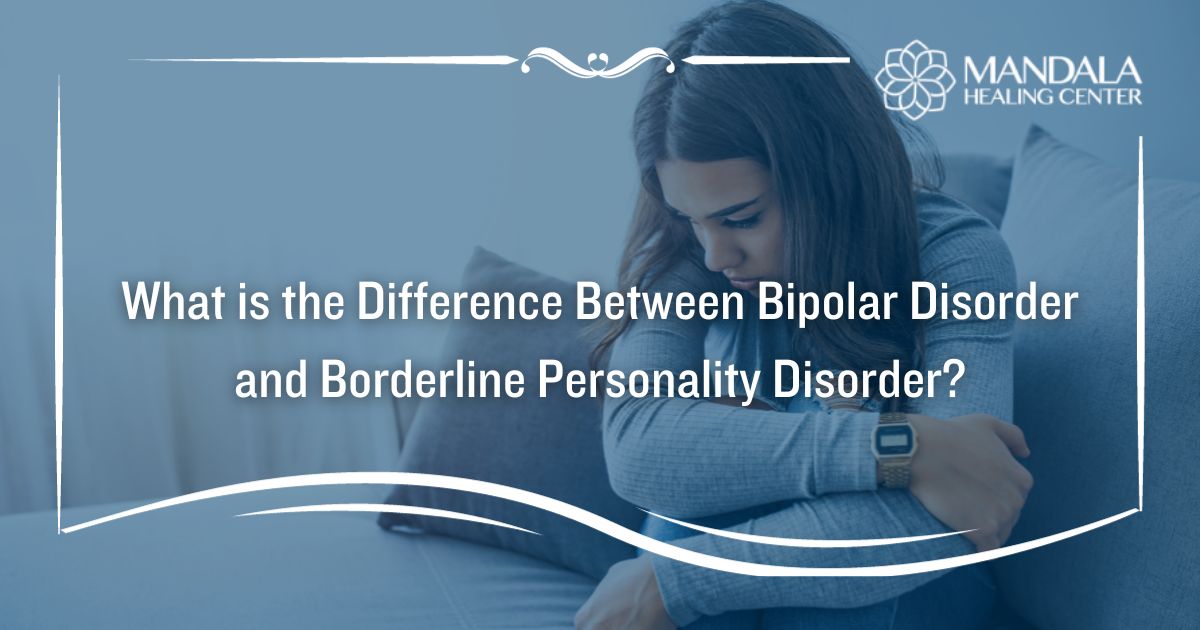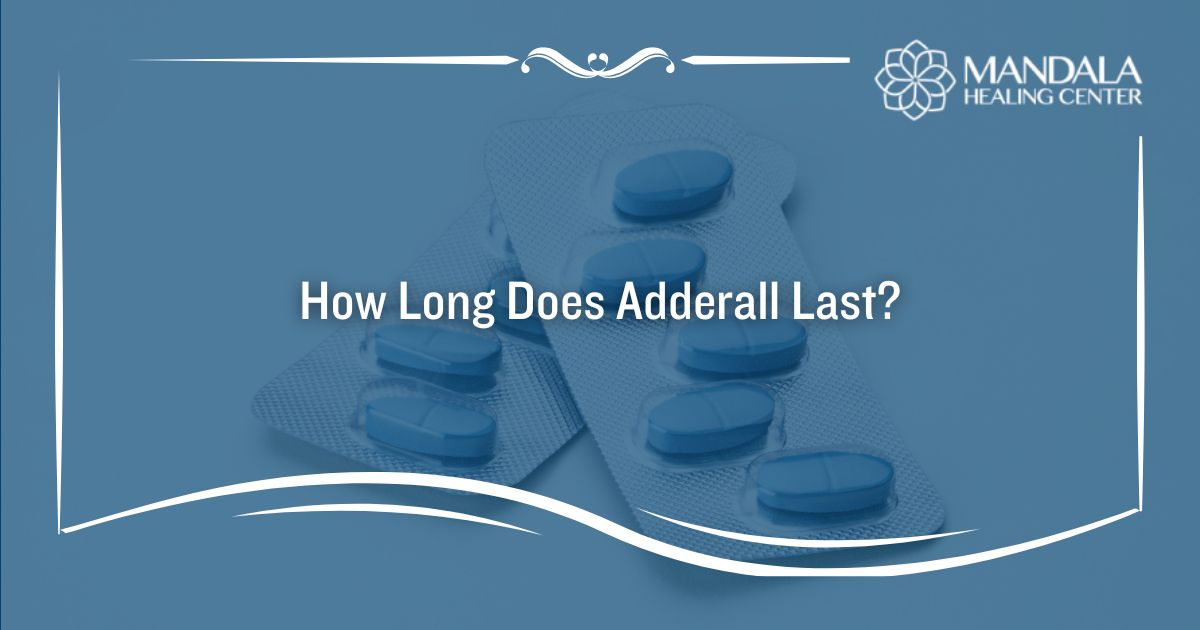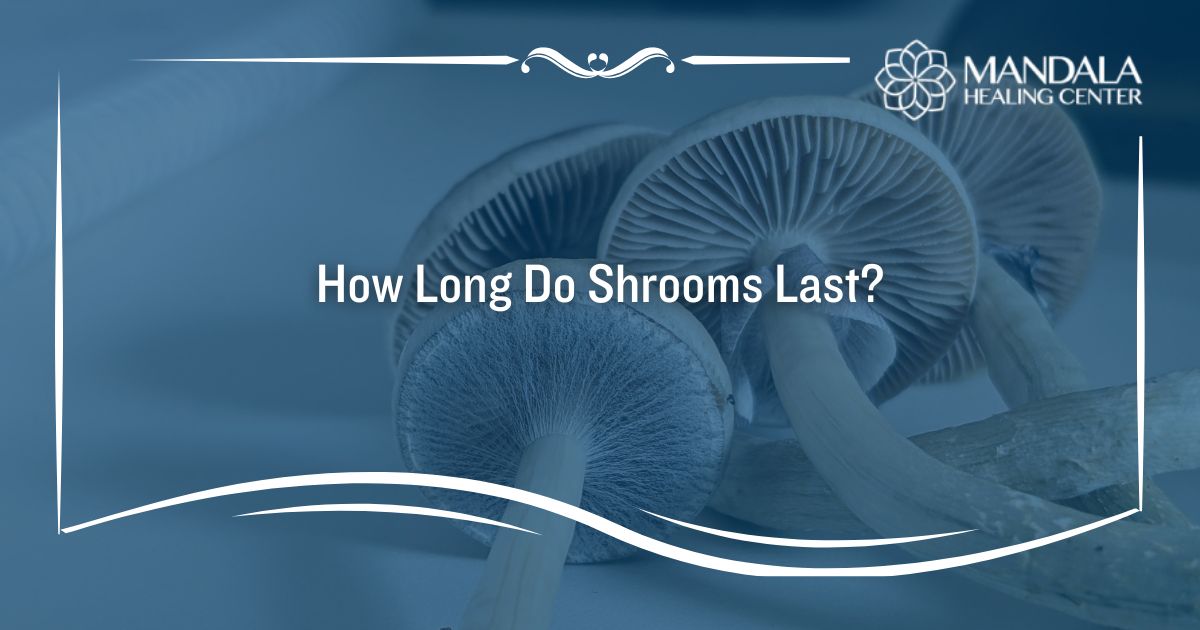Bipolar disorder and borderline personality disorder (BPD) are two different mental health conditions that are often confused with one another. While bipolar is a mood disorder that causes manic and depressive episodes that can last several weeks at a time, BPD is a personality disorder that is marked by emotional dysregulation, instability, and impulsive behavior.
According to the National Institute of Mental Health (NIMH), 4.4% of U.S. adults struggle with bipolar disorder.[1] On the other hand, borderline personality disorder has a prevalence of 1.6%.[2]
The main difference between these conditions is that bipolar causes mood changes that last days to several weeks while people with borderline personality disorder struggle with several mood shifts throughout each day. Additionally, bipolar disorder is mainly a genetic condition while most experts agree that borderline personality disorder develops after experiencing severe and repeated trauma.
What is Bipolar Disorder?
Bipolar disorder is a mood disorder that causes dramatic shifts in mood, energy levels, and activity.[3] These shifts make it extremely difficult for a person to cope with daily life. Typically, people with bipolar disorder experience periods of mania and depression, with each being able to last for several weeks at a time.
When a person with bipolar disorder experiences mania, they have high levels of energy, a decreased need for sleep, impulsive behaviors, and in severe cases, psychosis. On the other hand, depressive episodes cause people to have low energy, sleep disturbances, lack of interest in activities, and self-harming behaviors or suicidal thoughts.
Most people who experience bipolar disorder have family members who also suffer from the condition. With that being said, certain factors can trigger bipolar disorder to begin affecting you, such as trauma, substance abuse, or unsafe living environments.
What is Borderline Personality Disorder (BPD)?
Borderline personality disorder is, as the name suggests, a personality disorder. This means that the condition affects how the individual sees themselves and the people or the world around them. BPD is characterized by an inability to regulate one’s emotions, impulsivity, relationship troubles, and abandonment issues.
The common symptoms of BPD include:[4]
- Extreme efforts to avoid real or perceived abandonment
- A pattern of intense and unstable relationships with others
- Having a distorted and unstable sense of self
- Impulsive and dangerous behaviors, such as substance abuse, risky sex, or shopping sprees
- Self-harming behaviors such as cutting
- Recurring thoughts of suicide or threatening to commit suicide often
- Intense shifts in mood that often occur during one day
- Chronic feelings of emptiness
- Inappropriate and intense anger that is difficult to control
- Feelings of dissociation
More often than not, people with borderline personality disorder have experienced severe trauma as a child. Because of this, many experts believe that BPD develops as a result of the brain attempting to cope with traumatic events.
The Main Differences Between Bipolar and BPD
Bipolar disorder and borderline personality disorder are often mistaken for one another because they have some overlapping symptoms. For example, both conditions cause dramatic mood changes and impulsive behavior. However, the way these mood changes and impulsivity come about tend to differ.
For example, someone with bipolar disorder will experience a depressive episode for a few weeks and then begin experiencing mania almost randomly. While some factors can contribute to the development of mania, it is usually not directly caused by one thing. On the other hand, people with BPD experience rapid changes in mood throughout one day, usually because of perceived abandonment.
Other differences between bipolar and BPD include:
- Bipolar is a mood disorder, while BPD is a personality disorder
- The mood changes associated with bipolar disorder are long-term, while BPD causes rapid mood cycling
- The symptoms of BPD are often triggered by feelings of abandonment, while bipolar is caused by a chemical imbalance in the brain
- Impulsive behaviors are present among people with bipolar disorder during manic episodes, while people with BPD experience impulsivity at any given time
- Bipolar disorder is more common than borderline personality disorder
- Bipolar disorder is mainly treated using medications, while BPD focuses heavily on therapy
Both conditions have common symptoms, however, they are different in many ways. If you believe you have bipolar disorder or BPD, you should always consult with a mental health professional to talk about diagnosis and treatment.
Can You Have Co-Occurring BPD and Bipolar Disorder?
It is possible to have both bipolar disorder and borderline personality disorder at the same time. This is known as having co-occurring disorders. According to the National Library of Medicine (NLM), “About 20% of bipolar II patients and 10% of bipolar I patients have comorbid BPD”.[5]
If you have co-occurring bipolar and BPD, you will experience the symptoms of both conditions at the same time. Unfortunately, this can complicate recovery. With that being said, it is possible to recover from both of these conditions with a combination of therapy, medications, lifestyle changes such as avoiding drugs and alcohol, and long-term symptom management.
Find Help for Bipolar Disorder and Borderline Personality Disorder
If you or a loved one struggles with bipolar disorder, borderline personality disorder, or both, Mandala Healing Center is here to help. With a combination of individual therapy, group counseling, and medication management, we can help you regain control over your life.
To learn more about our treatment programs, please contact us today.
References:
- The National Institute of Mental Health (NIMH): Bipolar Disorder, Retrieved November 2023 From https://www.nimh.nih.gov/health/statistics/bipolar-disorder
- The National Library of Medicine (NLM): Borderline Personality Disorder, Retrieved November 2023 From https://www.ncbi.nlm.nih.gov/books/NBK430883/
- The National Institute of Mental Health (NIMH): Bipolar Disorder Overview, Retrieved November 2023 From https://www.nimh.nih.gov/health/topics/bipolar-disorder
- The National Institute of Mental Health (NIMH): Borderline Personality Disorder, Retrieved November 2023 From https://www.nimh.nih.gov/health/publications/borderline-personality-disorder
- The National Library of Medicine (NLM): Bipolar Disorder and Comorbid Borderline Personality Disorder: Patient Characteristics and Outcomes in US Hospitals, Retrieved November 2023 From https://www.ncbi.nlm.nih.gov/pmc/articles/PMC6358827/












